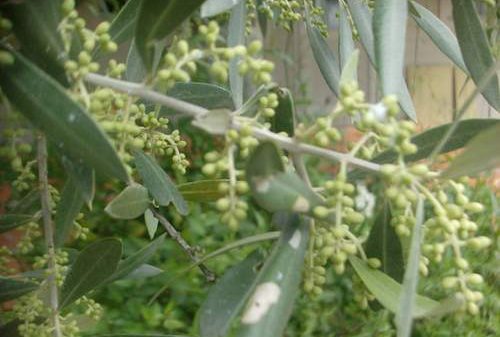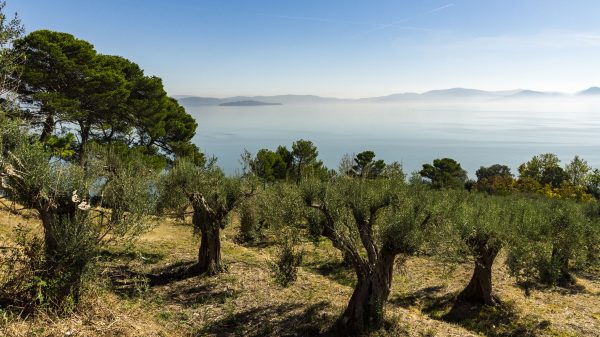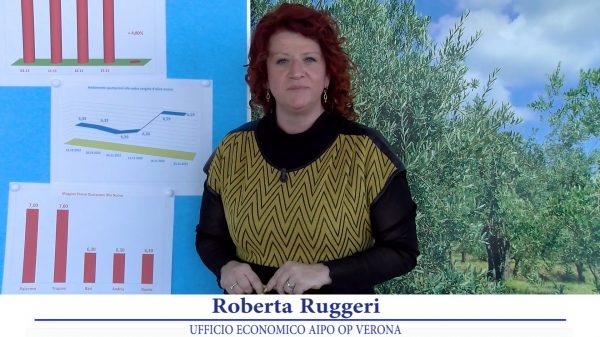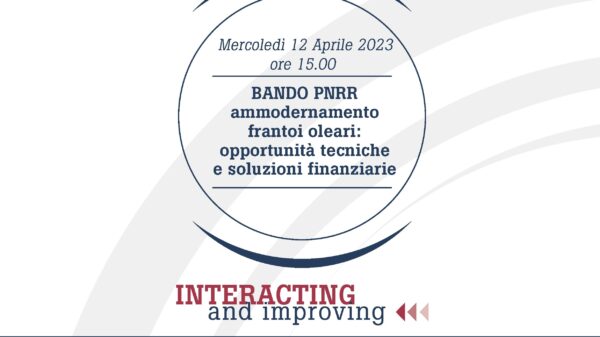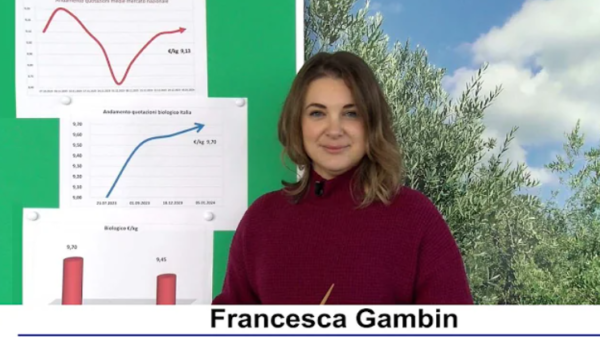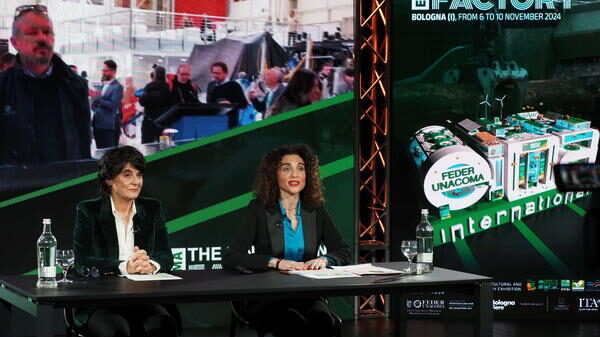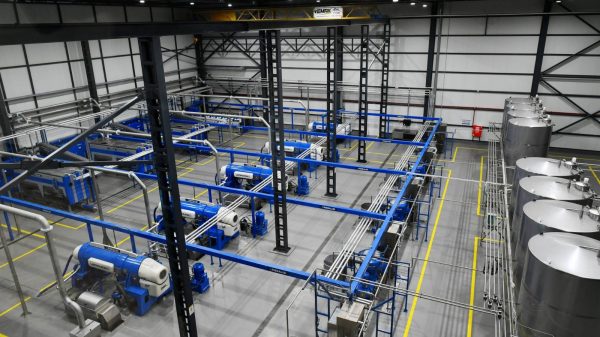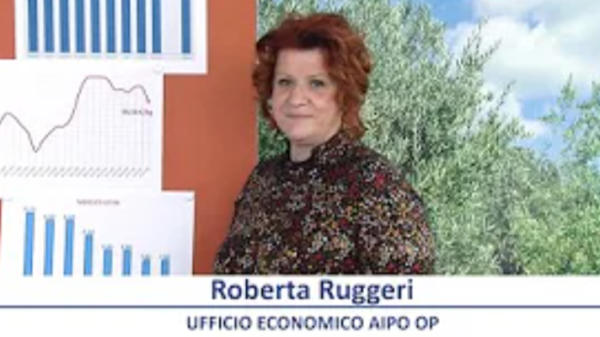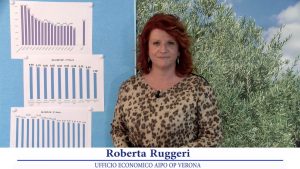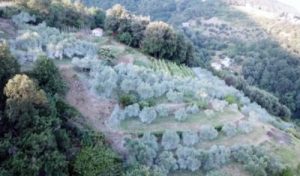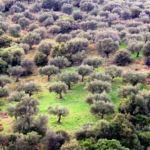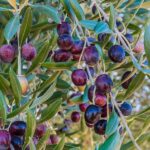“It was objectively a very problematic year, both in terms of the quantity and quality of the oil. I hope, for those producers who continue not to sell while waiting for the price to increase further, that insult, indeed to the damage, is not added. Because if consumption were to slow down, the price could collapse in an instant".
With Alfredo Marasciulo, panel leader of the University of Bari and point of reference for Apulian and Italian olive growing (in the picture), let's try to take a picture of the campaign which is now practically finished, accepting its premise: “I don't give recipes, I don't provide advice, I don't indicate solutions. Mine is a reading of what I was able to record in person”.
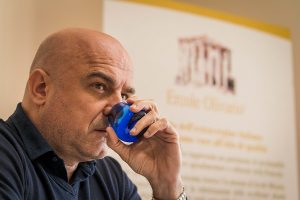 Dr. Marasciulo, let's start with the olive grove. More serious is the heat or the fly?
Dr. Marasciulo, let's start with the olive grove. More serious is the heat or the fly?
“There have been many contributing causes that have led to critical issues for the oil this year. The heat waves during the flowering and fruit set phases, the scarcity of rains in the following months, then probably an underestimation of the fly, both in the first attack at the end of July and in the second, more massive, in September".
But what do you think this underestimation depended on?
“From the fact that there were few olives this year, and it was probably thought that it was not worth carrying out treatments, which objectively cost. The result is that, against a smaller quantity of olives and with the same fly population, the attack was more virulent. Let's add that this year, for the first time, the use of dimethoate was prohibited and the substitute on the market was decidedly less effective, and the result was inevitable. In the sense that even the careful and scrupulous olive producer has paid the duty”.
So low-level result?
“Let's say that the oil this year in most cases, in addition to being scarce, is also contaminated. Then, as always, there are pockets of excellence that have produced exceptional oils. And this should not be overlooked. I would add, to complete the reasoning, that every year the olive-oil sector is faced with ever-changing criticalities".
On the other hand, the price has skyrocketed, don't you think?
“Yes, but you have to be careful, because price changes are risky. Between August and September the price went from 4 to 6 euros, that is, it grew by 50%, an exaggeration. Not only that, the expectation of further growth has led many to hold onto the oil and not sell. Now prices seem to have stabilized, but if buying interest were to drop because consumption is reduced, the price will collapse in a moment and those who have not yet sold will lose heavily. Another aspect: these new, less performing oils will most likely be blended with oils from the past vintage that have naturally begun their oxidation process. The result is that the shelf-life could be greatly reduced, and it is not a trivial matter even at a commercial level".
What prospects do you see?
“Each vintage is unique, with its opportunities and problems. Olive growing is too fragmented to imagine, for example on the current issue of the fly, monitoring or coordinated treatments. So I, an olive grower, can also take the utmost care of my olive grove, but if the other olive groves around me are managed as best I can, it is clear that I too pay the consequences. It's a real problem that I certainly don't have the solution for. As I said, I only record what happens”.
di

